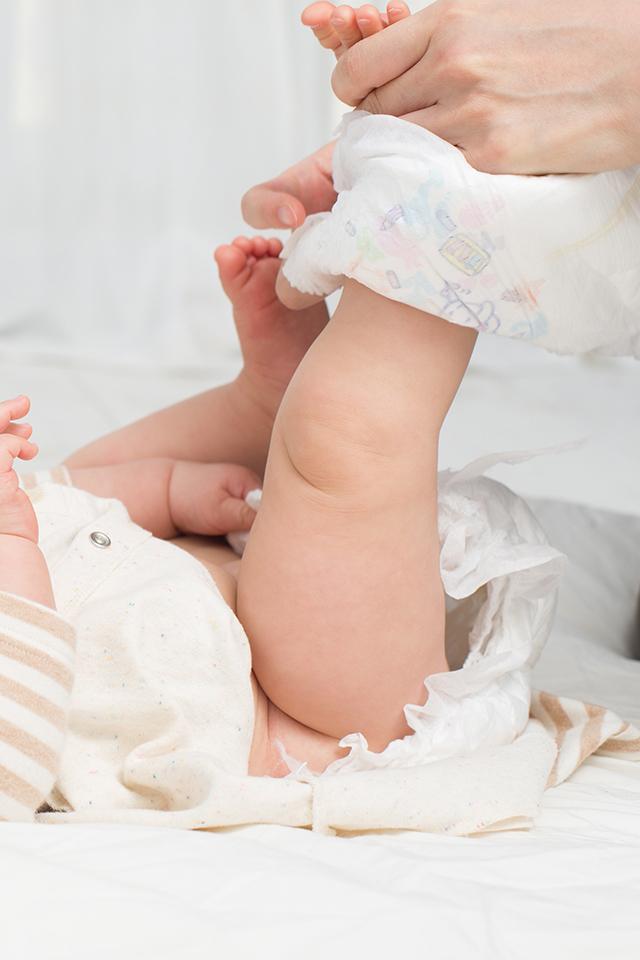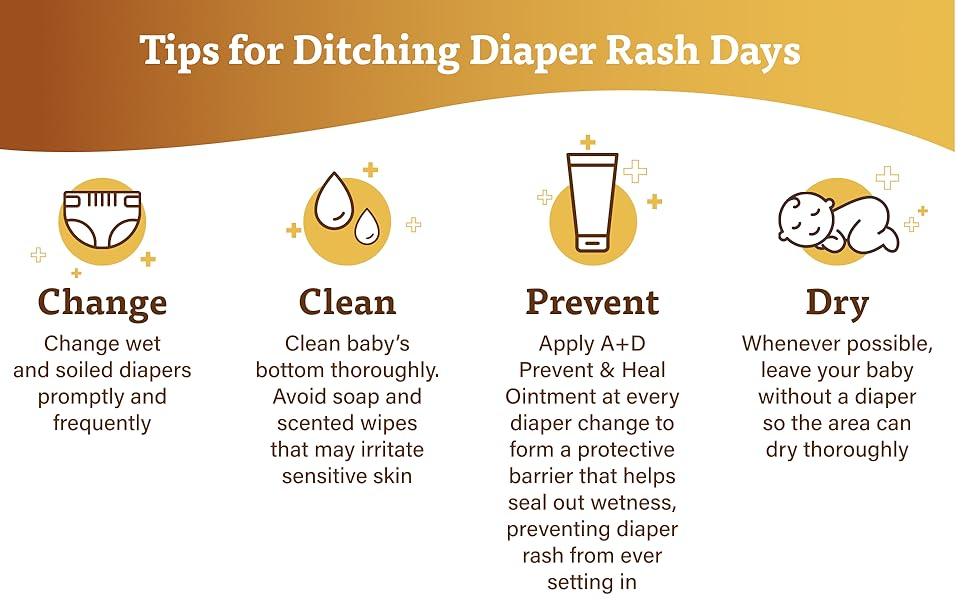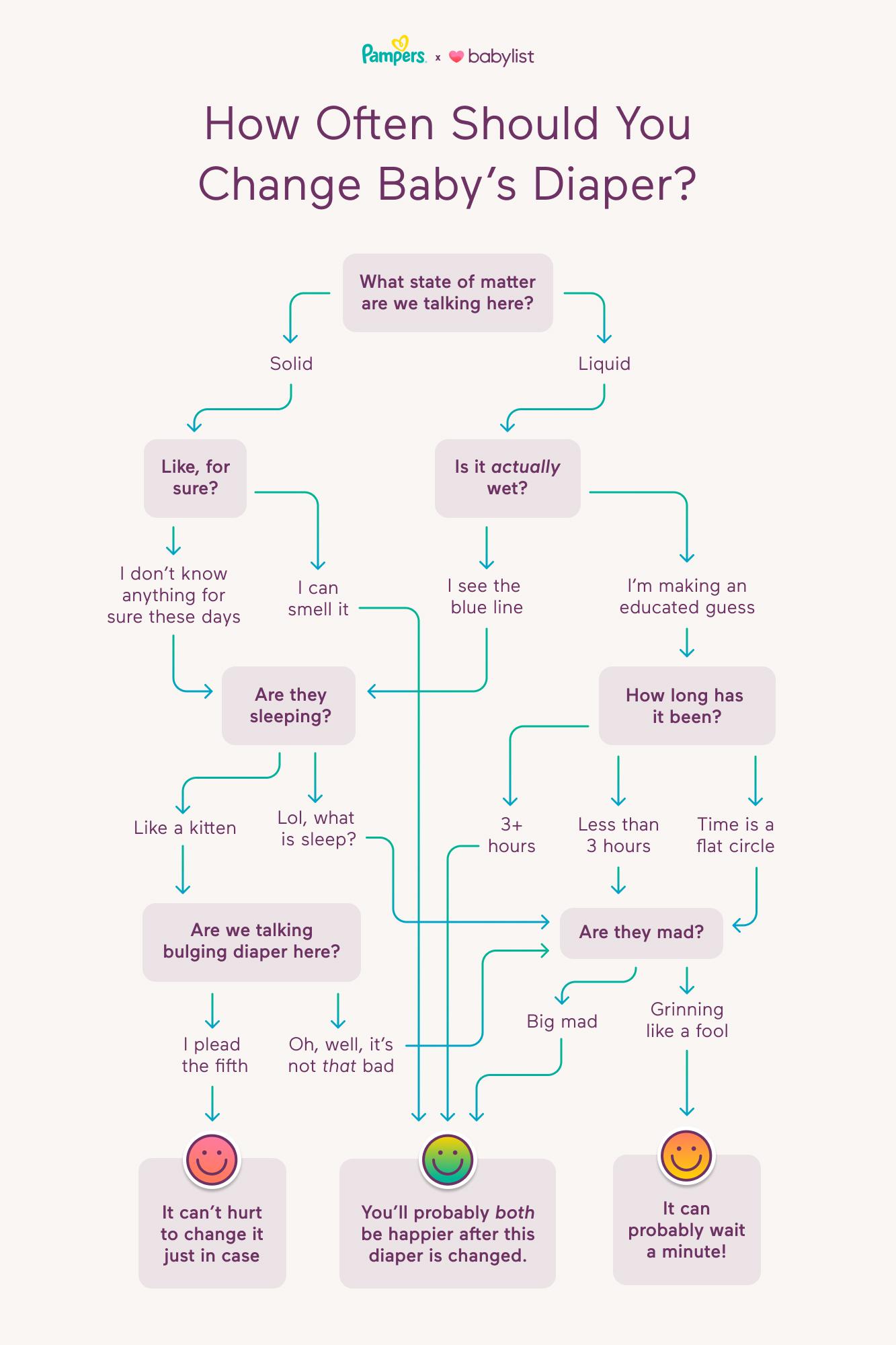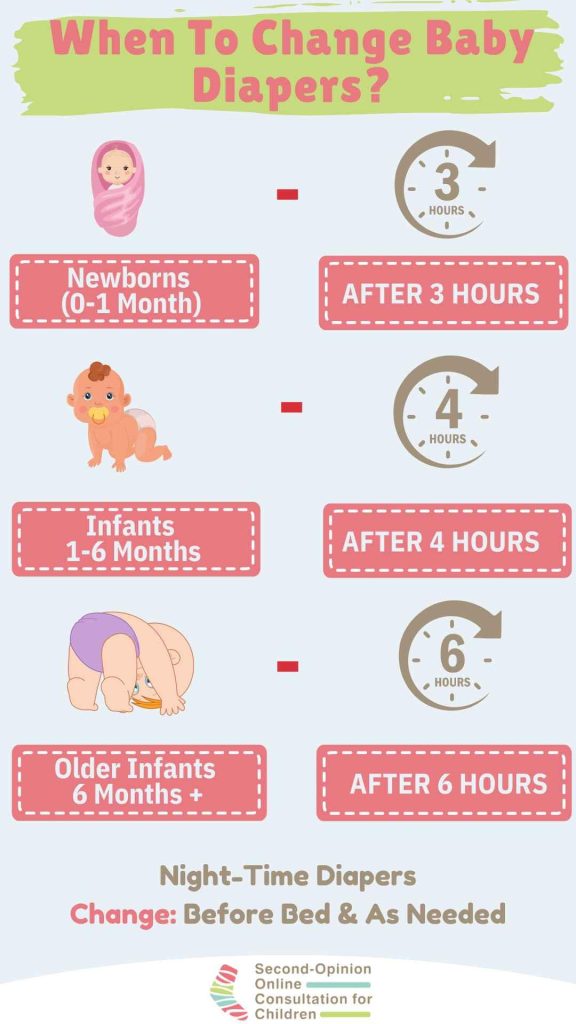Welcoming a newborn into your life is a whirlwind of joy, sleepless nights, and countless diaper changes. Yet, amidst the flurry of feedings and cuddles, one question often arises: how often should you really be changing those tiny diapers? Too frequent, and it might feel overwhelming; too sparse, and discomfort or irritation can set in. In this article, we’ll explore expert insights and practical tips to help you find the perfect rhythm for your newborn’s diaper routine-because keeping your little one comfortable and happy is the ultimate goal.
How to Recognize When Your Newborn Needs a Diaper Change
Keeping a watchful eye on your newborn’s diapers is one of the most immediate ways to ensure they stay comfortable and healthy. Baby’s body gives clear signals when it’s time for a change, often through subtle or obvious cues. You might notice your little one becoming restless or fussier than usual, which can indicate irritation caused by a wet or soiled diaper. Additionally, a quick sniff test or a glance for obvious dampness can save you from catching the problem too late.
There are some key signs to memorize so you can respond promptly:
- Visual cues: Swollen, sagging, or discolored diapers often point to moisture buildup.
- Behavioral changes: Sudden crying without an apparent reason can signal discomfort from a dirty diaper.
- Skin redness or rash: Early stages of diaper rash suggest it’s time for immediate cleaning and freshening.
| Sign | What It Means |
|---|---|
| Restlessness | Possible wetness or discomfort |
| Diaper bulge | Time to change before leaks |
| Red skin | Skin irritation; change urgently |

The Impact of Diaper Material and Fit on Baby’s Comfort
Choosing the right diaper involves more than just size and absorbency; the material and fit play a crucial role in your little one’s overall comfort. Soft, breathable fabrics such as cotton blends or hypoallergenic materials can help minimize skin irritation and prevent rashes caused by trapped moisture. Many parents find that diapers with natural fibers or those that advertise breathability promote healthier skin, especially for newborns with sensitive skin. Additionally, a diaper with stretchy, flexible sides allows your baby to move freely without discomfort or pinching.
Proper fit is just as important as the material. A diaper that’s too tight may cause red marks or restrict movement, while a loose diaper can lead to leaks and constant adjustments, disturbing your newborn’s sleep and mood. To help find the perfect balance, consider the following:
- Check the waistband and leg cuffs: They should snugly wrap without digging into the skin.
- Adjustability: Look for diapers with multiple fastening options to customize fit as your baby grows.
- Size guidelines: Use the weight and height recommendations, but always monitor your baby’s comfort and diaper performance.
| Material | Benefit | Fit Feature |
|---|---|---|
| Cotton Blend | Soft & breathable | Stretchy side panels |
| Hypoallergenic | Reduces rash risk | Adjustable tabs |
| Plant-based fibers | Eco-friendly & gentle | Elastic waistband |

Tips for Preventing Diaper Rash Through Timely Changes
Keeping your baby’s skin healthy and rash-free starts with recognizing the right moments to change their diaper. Frequent changes prevent prolonged exposure to moisture, irritants, and bacteria that can lead to discomfort and inflammation. Aim to check your newborn’s diaper every two hours during the day and promptly switch it out after every bowel movement. This routine not only maintains dryness but also nurtures your baby’s delicate skin, minimizing the risk of redness or chafing.
Along with timing, proper cleaning techniques amplify protection against diaper rash. Use gentle wipes or a soft cloth with warm water, avoiding harsh chemicals or fragrances. Let the skin air dry before putting on a fresh diaper, and consider applying a thin barrier cream to shield the skin from irritation. Below is a quick guide to help monitor and maintain optimal diaper-changing intervals:
| Condition | Recommended Change Frequency |
|---|---|
| After urination | Every 2 hours |
| After bowel movement | Immediately |
| During nighttime | Every 3-4 hours or as needed |
| Skin redness noticed | Change more frequently |

Balancing Diaper Changes with Newborn Sleep and Feeding Schedules
Newborns thrive on routine, but their unpredictable sleep and feeding patterns can make balancing diaper changes a bit challenging. Prioritizing diaper changes without disturbing their sleep is key to keeping both baby and parents well-rested. A helpful strategy is to incorporate diaper checks into feeding times-this minimizes disruptions, as many newborns naturally wake for feeding every 2-3 hours. During nighttime, consider quick, gentle diaper checks instead of full changes unless the diaper is very soiled, helping to preserve the baby’s precious sleep. Using soft, breathable diapers can also reduce the urgency for immediate changes, allowing some flexibility in timing.
To streamline this balancing act, keep essentials within arm’s reach to make swift diaper changes effortless during brief wakeful moments. Here’s a snapshot of a balanced approach to integrating diaper changing with feeding and sleeping cycles:
| Time | Activity | Diaper Change Approach |
|---|---|---|
| Before feeding | Baby wakes to eat | Check and change if needed |
| During feeding | Baby is latched on | Keep diaper wipes handy for quick clean |
| After feeding | Baby ready to sleep | Change if diaper is wet or soiled |
| Nighttime | Baby sleeping | Only change if very soiled, else quick check |
- Observe your baby’s cues for discomfort, which can signal the need for a change even if schedules don’t match.
- Use overnight diapers to reduce the frequency of changes when baby sleeps longer stretches.
- Maintain a calm environment during changes to avoid fully waking your newborn.
Wrapping Up
Caring for a newborn is a delicate balance of attentiveness and gentle routine, and knowing when to change their diaper is a vital part of that care. By tuning into your baby’s cues and following expert guidance, you can ensure their comfort and health with every change. Remember, each little one is unique, so trust your instincts along with the advice provided. With these insights in hand, diaper duty becomes less of a chore and more of a mindful moment in your parenting journey.
